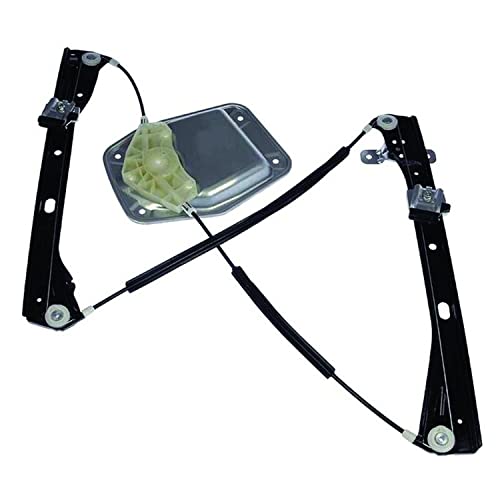Bit of an update.
Just swapped out my alternator and regulator for an all in one Bosch jobbie. It presented as a problem in a strange way, it was outputting 13.5v but was causing a parasitic drain on the main battery when electrics were being used with the ignition off, guessing something funky was going on with one of the diodes in the regulator. It appears to have killed my new battery though but thats under warranty so shall see what happens there. I have a nice 14.7v outputting now so happy days

I have been having fun and games trying to resolve a problem with my solar and split charge system. Its a T max unit so if anyone ends up getting one of these and finds the solenoid constantly switching between battery's heres the answer...... Found a guy having similar problems on a Land Rover forum and here is the fix
"I am having an issue with my T-Max dual battery system switching back and forth from linked when charging from a solar panel. I thought I would post it here since similar issues have been discussed and maybe someone can help shed some light on something I might be missing. I'm testing a setup that is installed with a solar panel to charge my dual batteries. It is a 100w panel that is wired through a morning star 10A controller(SS10A) to the axillary battery just as described in the T-max instruction manual in accordance with the SS10A instructions. The T-max instructions state that the controller will automatically link the batteries when charging from a solar source to the AUX battery.
It appears that, when the panel is providing power, the SS10A controller charges the aux battery when the 2 batteries are not linked and the voltage increases to the AUX battery. At the point where the battery voltage is above 14v and increasing several things happen at about the same time. It appears that the Solar controller goes into a float charging mode, and the T-max controller links the batteries. Then the batteries are disconnected within a few(3) seconds. The amount of time it takes to switch back to automatically linked depends on the output from the panel. at 1-6 amps it takes around 4-12 seconds.
This automatic switching back and forth will continue until the solar panel stops producing power or the batteries are manually linked. Of course the controller will automatically disconnect the manual linked operation after 30 minutes and the cycle repeats itself.
It seems that the issue that I was having and described above, is related to the sensitivity of the T-Max cut out voltage for charging and connecting/disconnecting the batteries.
I Found that at ~13.3 volts the T-max controller will connect both batteries for charging. The owners instructions provide this cut in spec, but do not provide the cut out/off spec. In any case, it is relatively easy for my auxiliary battery to reach that 13.3 volts with minimal charge from the solar controller. Then the T-max controller activates the solenoid and links both batteries. At this time the voltage drops. This is based on the state of charge of the main battery and the voltage drop across the solenoid or other loads. My voltage would often drop to 12.8 volts. This is low enough for the T-max controller to disconnect the batteries. Within 30 seconds of being disconnected, the charging voltage of the auxiliary battery reaches above 13.3 volts and this cycle repeats itself.
The sensitivity of the cut in cut out settings on the T-max controller operated the battery solenoid much more often than I desire.
I also did not like that the T-max controller automatically links both batteries when the vehicle is started. T
I decided to add an on- off -on switch to the green lead from the controller that operates the battery link solenoid. This gives me 3 main options.
1- ON-(green to ground) both batteries linked all of the time allows jump starting and charging and avoids any timers to automatically disconnect the batteries.
2- OFF- keeps both batteries disconnected all of the time. (this is the one that I am using most often) In a standard single battery setup the main battery does not need additional charging from sources other than the alternator during normal operation most of the time. This prevents my main battery from being discharged by auxiliary loads. My Solar panel is an adequate charging source to keep my auxiliary battery charged most of the time, depending on the sun and loads. I can always connect both batteries during a long drive, if my auxiliary battery needs charging.
3- ON- (green to green) resumes operation as designed by the T-max controller."
So long read short, next job is fit a on off switch although pulling the fuse will suffice for now!!






































